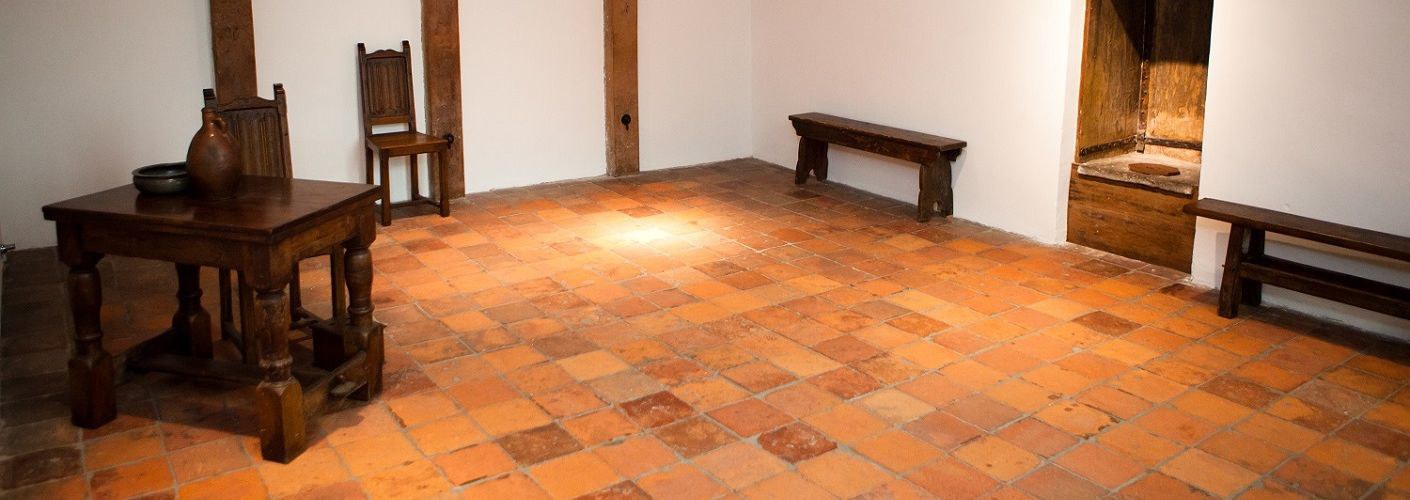It is a classic story: while travelling abroad, a student from a distinguished family ends up in bed with the beautiful daughter of an innkeeper. Around 1509, this was what happened to Gerrit van Assendelft, a young nobleman, the scion of a rich family from The Hague and a student at the University of Orléans. Events did not turn out well for him. Gerrit was forced by Catherina le Chasseur’s father to marry his daughter. Worse still, long after she had settled in The Hague, Catherina fell into criminal company. This was a total disaster for Gerrit, at that time president of the Court of Holland. How did it all end?
A counterfeiter in prison
In 1541, Catharina le Chasseur was locked up in the Prison Gate. As a nobleman’s wife, she had the right to a luxurious cell such as the Knight’s Chamber or the Women’s Chamber – but she was nevertheless imprisoned in one of the pitch-black gaols. Catherina had gone much too far. After the couple had come to The Hague from France in 1509, Gerrit had refused to live with his wife. Only in 1532 were the two officially separated by law. Catharina received an allowance and moved, along with her chaplain, two ladies’ maids and a page, to Nieuwstraat in The Hague. It was there that she started out along the wrong path. With two servants from France, the chaplain started to mint false coins. Their forgery was only discovered nine years later.
Killed with water
Whilst Catherina and her maidservant had to wait in gaol, the staff of the Court of Holland investigated the forged coins. It quickly became clear that they had been tampered with. As the investigation involved his (admittedly divorced) partner, Gerrit van Assendelft was temporarily relieved of his post as president of the Court of Holland.
'The court found Catharina guilty of inciting forgery and sentenced her to be burned at the stake.'
Due to her relationship with Gerrit van Assendelft, in the end, Catharina did not have to be burned at the stake; she was executed in silence, with the aid of water. One night, the executioner put her on the rack, bound her, and then poured water into a funnel placed in her mouth, until she choked to death.
Ghosts on Westeinde
There was a strange aftermath to Catharina’s story. In the former city palace of the Van Assendelft family on Westeinde, there were ghostly sightings of Catharina until long into the 20th century; namely, during the period that the British ambassador lived there. In the former house of the Assendelft family, residents were repeatedly plagued by jets of water that splashed inexplicably from the dining-room ceiling onto the table. Only after Sir Richard Sykes was shot dead by a terrorist in 1979, while in his Rolls Royce next to the residency, and the British left the residency on Westeinde for good, did the haunting stop. Catharina had finally found peace.
